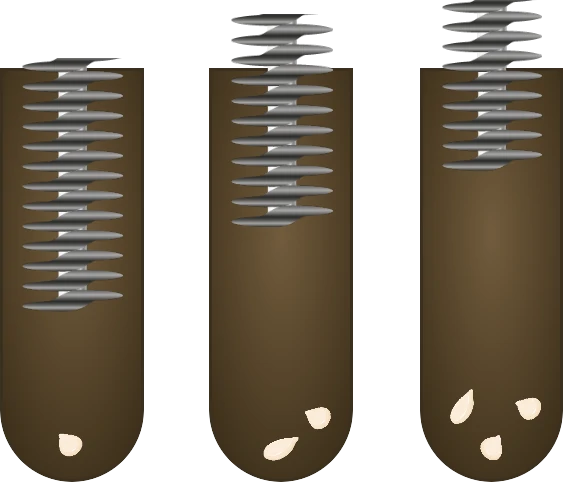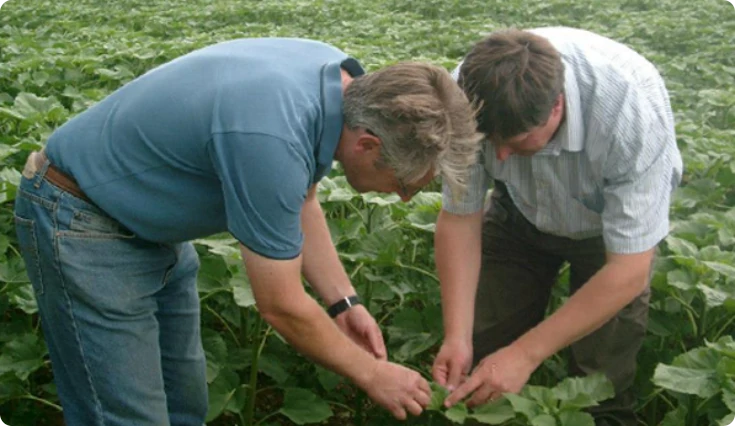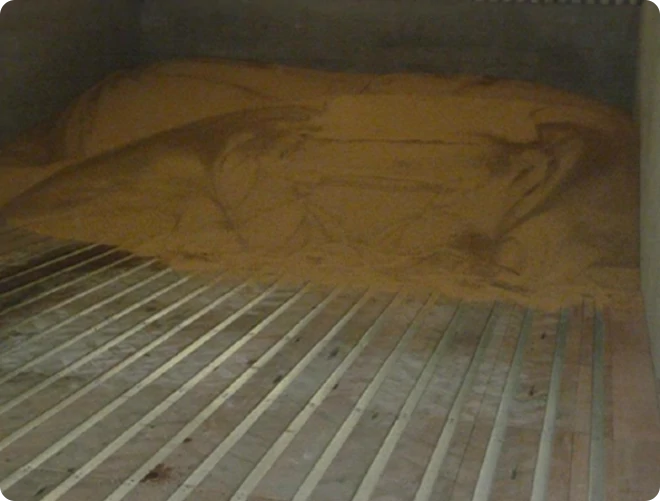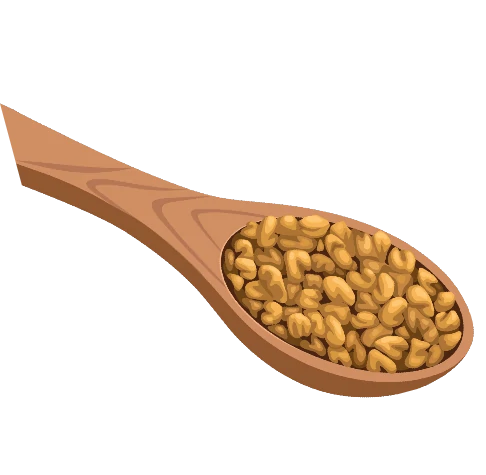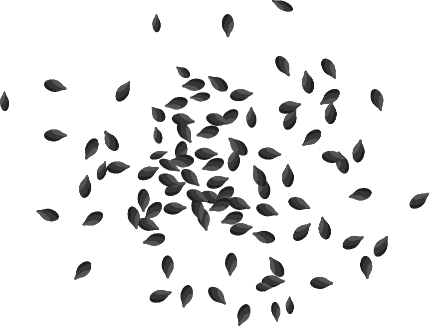Most of our crops are drilled in spring, as the weather and soil temperatures start to rise. A seed drill is used to sow the seeds in uniform rows at their specific depth.
Wheat and
oil seed rape are among the first seeds to be planted in Autumn and the rest of the seeds tend to be drilled between March and May.
The seeds need to be evenly spaced, and the soil has to be moist, in order to allow the seeds to germinate. We also use the most time and cost-efficient drilling methods during this process, in order to reduce fuel usage and the cost of production.






